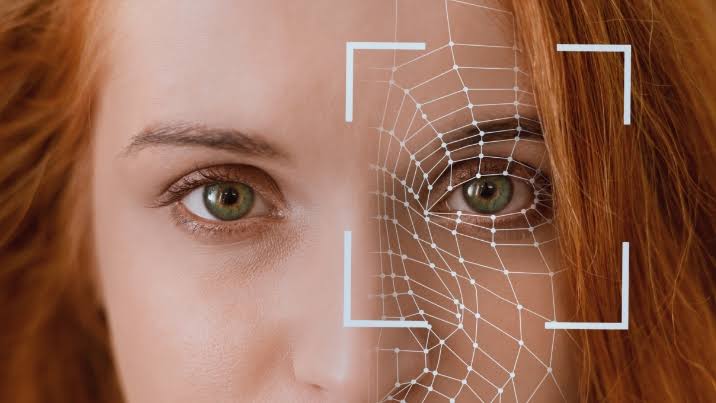The rise of deepfake technology has significantly reshaped the landscape of digital media in recent years. Deepfakes are hyper-realistic, AI-generated videos, images, or audio recordings that convincingly mimic real people and events. Powered by deep learning algorithms, this technology can manipulate or create media content that appears authentic, raising serious concerns about truth, trust, and security in the digital age.
By 2025, deepfakes have become more sophisticated, affordable, and widespread, posing challenges not only to individuals but also to governments, media organizations, and businesses. While deepfake technology has legitimate applications in entertainment, marketing, and education, its misuse in spreading misinformation, scams, and identity theft has sparked global debates about regulation, ethics, and digital literacy.
What Are Deepfakes?
Deepfakes are created using AI techniques such as generative adversarial networks (GANs), which allow machines to learn from real images and videos to produce highly convincing synthetic media. Unlike traditional photo manipulation, deepfakes can generate facial movements, voices, and expressions that are nearly indistinguishable from authentic recordings.
This technology has evolved beyond video content, extending into audio deepfakes that clone voices with incredible accuracy. From fake celebrity appearances to fraudulent political speeches, deepfakes blur the line between reality and fabrication, creating new challenges for verifying digital content.
The Positive Applications of Deepfake Technology
Despite its controversial nature, deepfake technology has valuable uses in creative and commercial industries. In film production, deepfakes have been employed to recreate historical figures, enhance special effects, and even bring deceased actors back to life for posthumous roles.
In marketing, businesses use deepfake-powered content personalization to deliver engaging campaigns tailored to individual audiences. Educational platforms also leverage synthetic media to create realistic training simulations or language-learning tools. When used responsibly, deepfake technology has the potential to drive innovation in multiple fields.
Threats and Misuse of Deepfakes
The misuse of deepfakes has become a major concern worldwide. One of the most damaging effects is the spread of misinformation and fake news. Politically motivated deepfake videos can manipulate public opinion, disrupt elections, and damage reputations.
Additionally, deepfake technology is increasingly used for financial scams and identity theft. Cybercriminals can impersonate executives or public figures to trick employees, investors, or the general public into making costly mistakes. The creation of non-consensual explicit content featuring celebrities or private individuals is another disturbing misuse that has raised ethical and legal concerns.
Impact on Digital Media and Journalism
Deepfakes have undermined the credibility of digital media, making it harder for audiences to distinguish between real and fabricated content. News organizations now face the challenge of verifying media authenticity before publication, which requires advanced tools and additional resources.
The concept of “seeing is believing” has been weakened as deepfake videos challenge traditional notions of truth. Journalists and fact-checkers are under increasing pressure to adopt AI-powered verification tools to combat the spread of fake content, ensuring that public trust in the media is not eroded further.
Tools and Technologies to Detect Deepfakes
As deepfake technology advances, so does the development of tools designed to detect them. AI-based detection systems analyze facial inconsistencies, unnatural blinking patterns, or irregularities in audio to identify manipulated content.
Tech giants like Microsoft, Google, and Meta have launched initiatives to build deepfake detection tools and share datasets with researchers. Governments and academic institutions are also investing in technologies that verify digital content through blockchain-based authenticity records. While detection tools are improving, the arms race between deepfake creators and defenders continues.
Legal and Ethical Challenges
Deepfakes raise complex legal and ethical questions. Most countries are still developing laws to regulate the creation and distribution of synthetic media, especially when it causes harm. In some regions, creating malicious deepfakes can lead to severe legal penalties, but enforcement remains difficult due to the global nature of the internet.
Ethically, deepfakes challenge the boundaries of consent, privacy, and intellectual property. Clear guidelines and public awareness campaigns are needed to ensure responsible use of this technology while preventing exploitation.
The Role of Digital Literacy
One of the most effective ways to combat the negative impact of deepfakes is to improve digital literacy among the public. People must learn how to critically evaluate online content, recognize signs of manipulation, and rely on credible sources for information.
Educational institutions, media companies, and governments are increasingly promoting awareness campaigns to teach individuals how to spot deepfakes. A well-informed public is less likely to be misled by fake content, reducing the overall damage caused by this technology.
Conclusion
The impact of deepfakes on digital media today is profound, affecting trust, security, and the way we consume information. While deepfake technology offers creative and commercial potential, its misuse poses significant risks to individuals, businesses, and society as a whole.
In 2025, the fight against deepfakes is ongoing, with advancements in detection tools, legal frameworks, and public awareness helping to mitigate the risks. Moving forward, a balance must be struck between leveraging the positive applications of synthetic media and protecting the integrity of digital content in an increasingly complex online world.




Interesting read